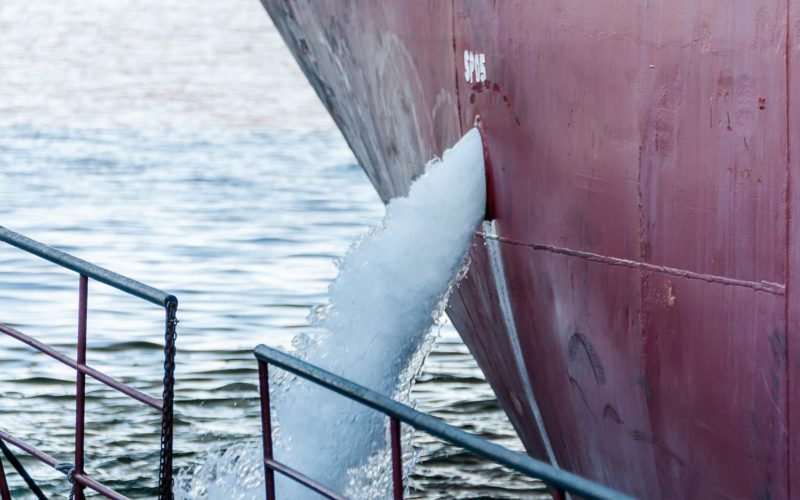(WASHINGTON) — The Environmental Protection Agency (EPA) recently published a supplemental notice of proposed rulemaking (SNPRM) in the Federal Register, requesting public comment on modifications to the agency’s 2020 proposed rule implementing the Vessel Incidental Discharge Act (VIDA). The law seeks to regulate a variety of discharges from commercial vessels, including ballast water discharges.
Since the late 1980s, ships’ ballast water has been a focus of environmental regulators at the state and federal level who seek to minimize the introduction and spread of aquatic invasive species.
The EPA has yet to act on its 2020 proposed rule and explained that the new supplemental proposals are “informed” by public comments originally received by the agency.
While the SNPRM addresses several issues, two are of particular interest for Great Lakes vessel operators:
Retention of existing ballast water quality standards
In its 2020 proposal, EPA decided to apply a so-called “numeric discharge standard” for ballast water quality. Such a standard calls out the number of organisms – by size – that may be present in a sample of a ballast water. In 2020, the EPA adopted the numeric discharge standard already in law under the agency’s 2013 Vessel General Permit. Many environmental groups and some state governments had called for a more stringent ballast water quality standard. In its new notice, the EPA defended its earlier decision and presented new research and supporting data.
Requiring treatment equipment on newbuild lakers
The EPA has proposed that new laker vessels be required to install Coast Guard type-approved ballast water treatment equipment. The EPA concedes that lakers will have a hard time complying with the discharge standard due to their unique operating conditions (short voyages, high ballast flow rates, etc.), but the agency essentially says that something is better than nothing. Under the EPA proposal, treatment systems installed on new lakers would be deemed to be compliant – whether the system achieves the discharge standard or not.
The new laker requirement would take effect once the EPA has issued a final rule, and once the Coast Guard has promulgated and finalized implementing regulations. This could take several years.
The EPA announced a 60-day public comment period on the proposed changes, with comments needing to be filed on or before Dec. 18. To view a copy of the Federal Register notice and for more information on how to comment, click here.
– American Great Lakes Ports Association

